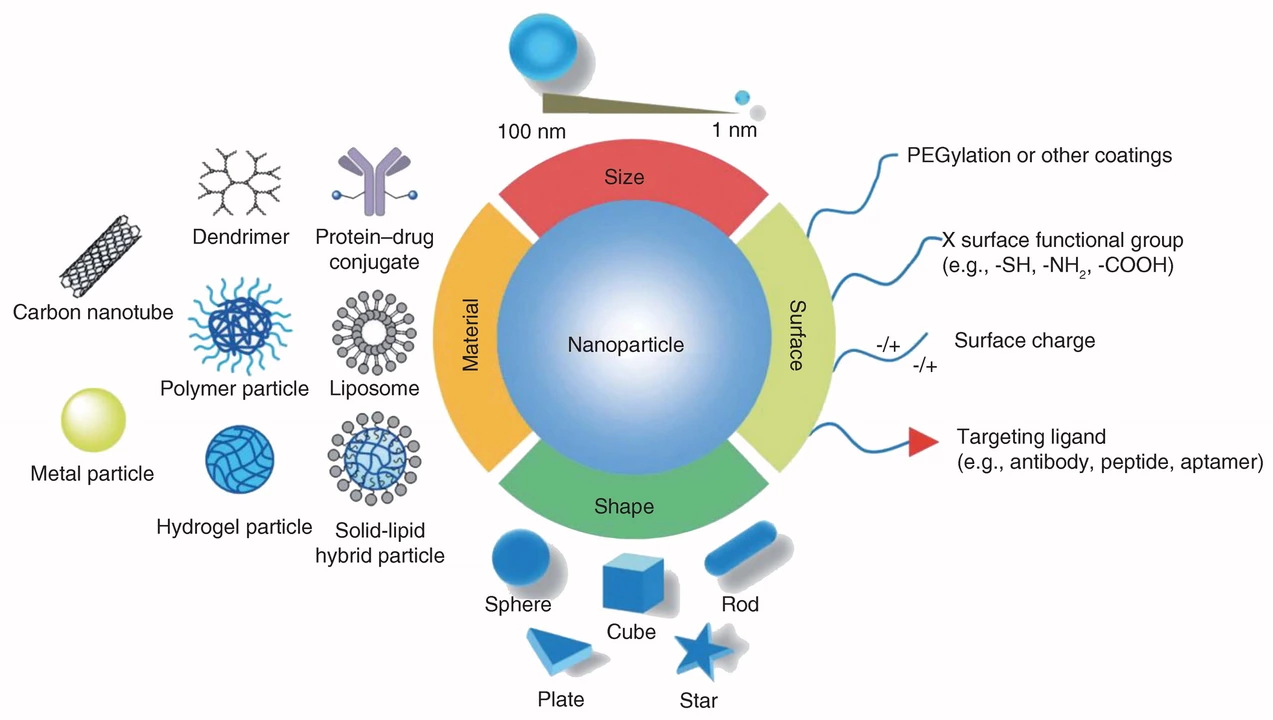Targeted Therapy: A Smart Approach to Treating Disease
Targeted therapy is changing the way we treat illnesses by focusing on the specific cells that cause the problem, instead of affecting the whole body. Unlike traditional treatments like chemotherapy that attack all fast-growing cells, targeted therapy zooms in on particular molecules or pathways involved in diseases such as cancer. This means it can be more precise and often comes with fewer side effects.
So, how does targeted therapy work? Well, it’s designed to recognize unique markers on cancer cells or other disease agents. By binding to these markers, the therapy can block the growth and spread without harming healthy tissues. Because of this, patients usually experience less damage to their hair, skin, and immune system compared to older treatments.
Types and Uses of Targeted Therapy
There are different kinds of targeted therapies depending on the disease and what biological targets they aim for. For example, some drugs block signals that tell cancer cells to divide, while others deliver toxic substances directly to the bad cells. Targeted therapy is commonly used in cancers like breast, lung, and colorectal, but researchers are exploring its use in other illnesses too.
Doctors may combine targeted therapy with other treatments to improve results, or use it alone if the disease has certain genetic traits. Because it relies on understanding the patient’s unique disease features, it ties closely to personalized medicine. This means that before starting therapy, tests are often done to see if the treatment will work for the individual, making it a more tailored and effective approach.
What You Should Keep in Mind
While targeted therapy is promising, it’s not a magic bullet. Sometimes, diseases can develop resistance, meaning the bad cells find ways around the treatment. Also, targeted therapies can still cause side effects like rash, fatigue, or blood issues. Staying informed and keeping open communication with healthcare providers helps manage these challenges.
If you or someone you know is considering targeted therapy, asking questions about the type, expected benefits, and possible side effects can guide better decisions. It helps to understand how this treatment fits into the bigger picture of care and what lifestyle adjustments might be needed during therapy.
Overall, targeted therapy represents a smart, focused approach that’s shifting the way we fight tough diseases. By aiming treatments directly at the source, it opens up new possibilities for better outcomes and improved quality of life.
Capecitabine and targeted therapy: A promising approach
- DARREN LLOYD
- 14
As a blogger, I am always on the lookout for promising advancements in medical treatments. Recently, I came across the combination of Capecitabine and targeted therapy, which shows immense potential in cancer treatment. Capecitabine, an oral chemotherapy drug, when combined with targeted therapies, seems to enhance the drug's effectiveness in fighting cancer cells. This approach not only targets specific cancer cells, but also spares healthy cells, reducing side effects for patients. I truly believe that this innovative method holds great promise for improving patient outcomes and revolutionizing cancer treatments.
READ MORE
